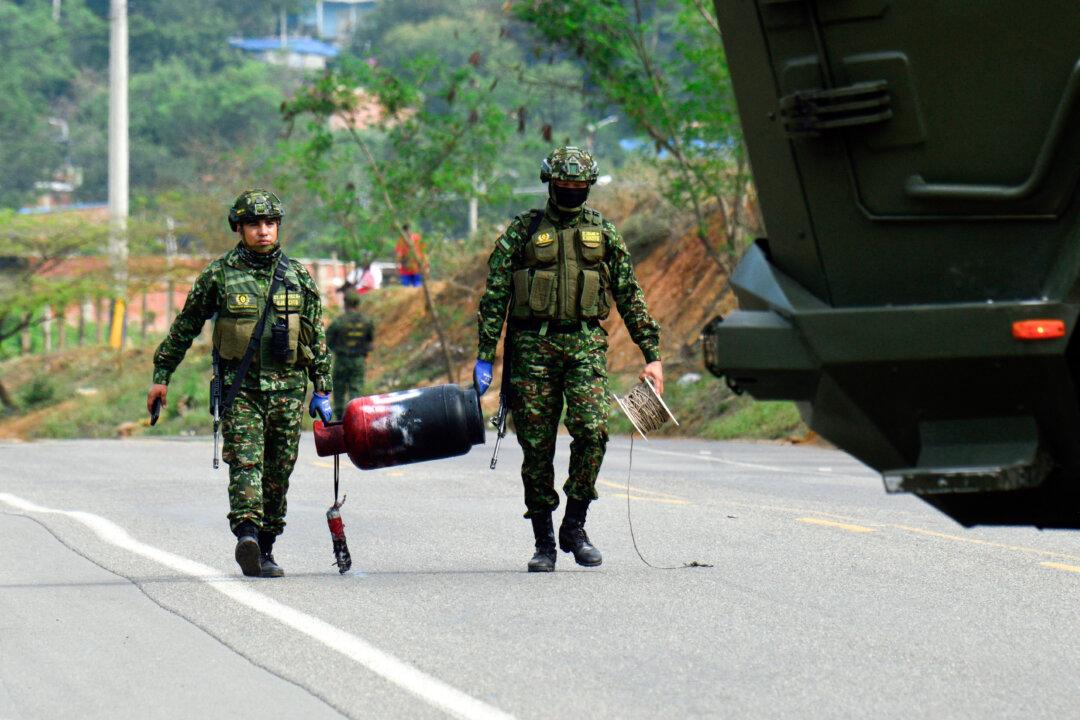Commentary
China’s dictator, Xi Jinping, loves to brag about how the Chinese Communist Party (CCP) lifted 100 million people out of poverty since 2012, when he took office. The CCP in general boasts of lifting 800 million from poverty since 1990. It typically pluses up the numbers, conveniently leaves out the tens of millions who died of starvation from disastrous agricultural collectivization in the 1950s, and never mentions its lackluster economic performance relative to Japan, South Korea, and Taiwan.





